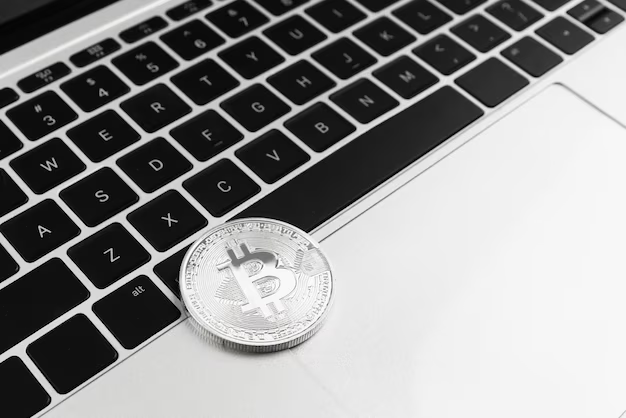Catalogues and direct mail are under constant attack from the blinkered digital world. It feels they belong with the Dodo and assume they are bad for the environment. Catalogues really ARE the future and we can save the environment as they aren’t as bad as everybody makes out. They are actually incredibly eco-friendly with todays production methods. Due to the rise of technology there have been many rumours spread about the use of paper, so here I answer a few points that may bust some pernicious myths.
“Making paper is un-economical, it’s better to go online!”
One lingering myth is that by reading all of your news online and not buying newspapers you are producing a smaller carbon footprint. The Swedish Royal Institute for Technology found that reading a newspaper could use 20% less carbon versus online news. A second study found that on average it takes 500-kilowatt hours (Kwh) to produce 200kg of paper (the average consumption per head in Europe.) This is comparable to driving an average family car 600 miles.
“Catalogues are mass mailed, it’s all junk!”
Junk mail is very much a myth in itself! It may have existed before the rise of accurate data profiling and targeting, but now the activities of the local takeaways, to blitz an area with menus, tarnishes the whole industry. As a rule, companies do not send junk mail, it’s not cost effective. Most businesses have a very strict opt-in policy; many have a double opt-in policy. If you receive a catalogue then you have either requested it, or closely fit a target group from which you have requested a catalogue previously. A decline in junk mail is welcome, and both customer and supplier benefit, it’s responsible business practice. At C4B we advise all of our clients to predominantly send to customers or requesters, but to grow a business you may have to test prospects. If you have to ‘cold mail’, you can now be certain that any data you rent or buy will be screened and very targeted – you mail smaller targeted volumes for better response and less wastage.
“Most paper is thrown away so it’s not even recycled!”
Even if paper is thrown away it only takes a newspaper one and a half months to biodegrade, compare this to an orange peel that takes six months! Landfill is a big problem and there are active, on going campaigns to reduce this considerably. The biggest culprit of landfill is the food industry – it buries thousands of tonnes of food each year along with associated packaging. The direct mail industry accounts for something like 1% of all waste or recycled paper – its tiny!
“The forests are disappearing, I mustn’t use paper!”
In the past fifteen years, the area of forest in Europe has increased by thirteen million hectares, to put that into perspective that’s 18,207,282.9 football pitches. The growth is mainly due to the replanting of trees as a sustainable crop. This increase of woodland also helps to absorb increased levels of Co2, subsequently lowering the overall carbon footprint of the paper process.
“How can using the Internet have a carbon footprint? My computer doesn’t move!”
Although computers don’t move, nor do they produce carbon dioxide at source, like a car would, the Internet itself has a huge carbon footprint. One email with a 400k attachment sent to twenty people is equivalent to burning a 100w light bulb for twenty minutes. The carbon footprint of the Internet is around 300 million tonnes of CO2 per year; this is equivalent to every person in the UK flying to America and back twice over. Last year Google emitted over 1.5m tonnes of carbon annually. The emissions are greater than the country of Laos in Asia and equal to the UN’s operational footprint. So, even though your computer, on its own, doesn’t have high carbon footprint, if it’s connected to the internet you’re adding to Co2.
“Technology is constantly evolving the footprint must be shrinking?”
Well, as of January this year Scientists have revealed that they have developed algorithms that can reduce the cost of carbon footprints for cloud technology companies. This is great news for everyone, however, no data is ever 100% deleted and it is still only in beta stage of testing. Until these techniques are mastered, the carbon footprint will continuously grow.
“Paper is recycled everyday, computers last for years!”
Yes, over 90% of the raw materials like precious metals, glass and plastic found in a computer can be recycled or re-used if handled properly. However, most people don’t know how to safely dispose of electrical equipment and it can end up in landfill or, worst of all, sent to third world countries where it is creating huge pollution problems. Large blue chip brands such as Dell and Apple should promote best practices for disposing of hardware. Consequently, the disposal of computers is not as effective as it should be and is adding to environmental impact.
What are your thoughts?
Ian Simpson, Managing Director of Catalogues4Business and Digital4Business
